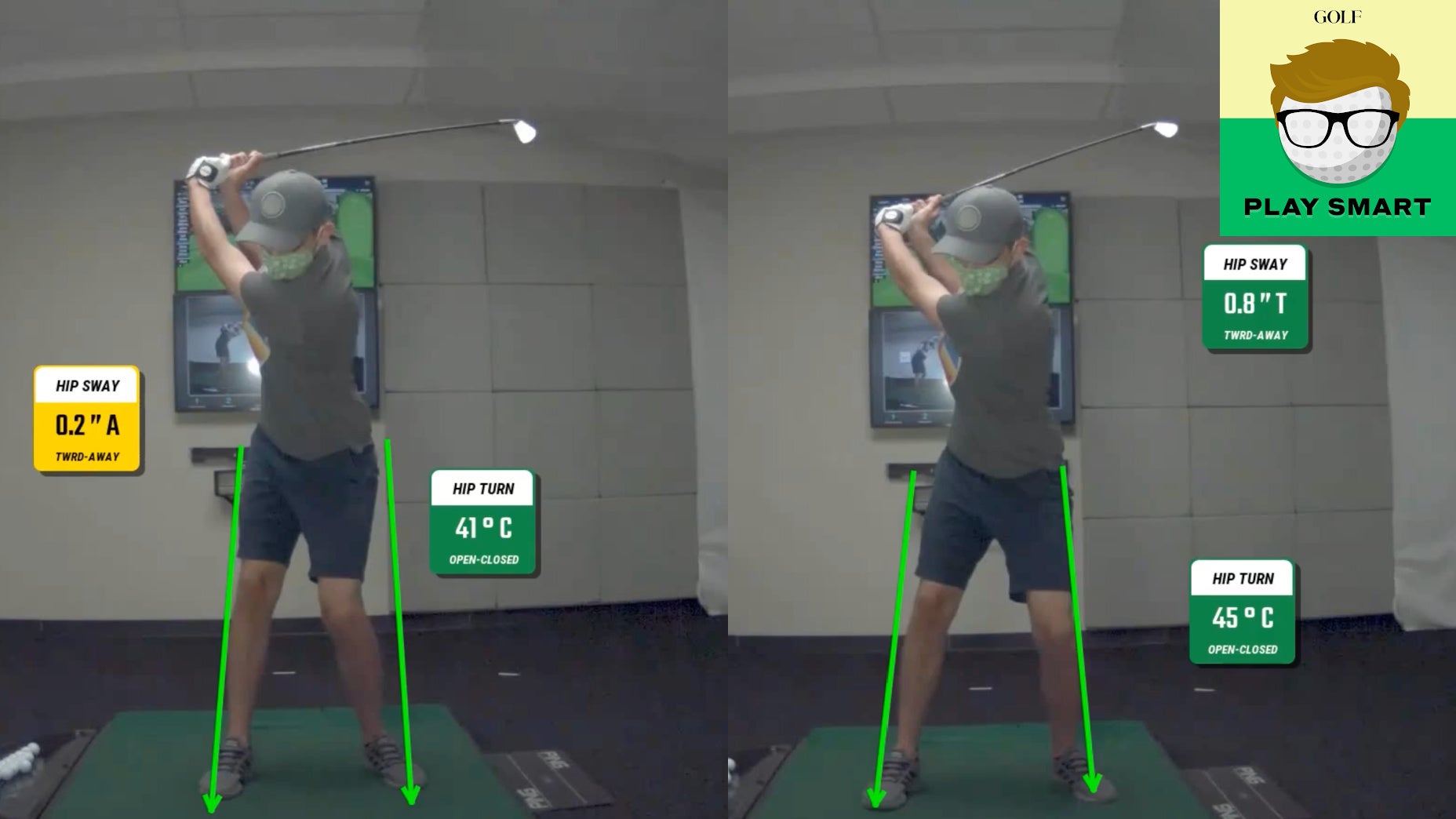Welcome to Play Smart, a game-improvement column that drops every Monday, Wednesday and Friday from Game Improvement Editor Luke Kerr-Dineen to help you play smarter, better golf.
We’re coming into the meat of the season now, so I decided it was time for my own swing to get a sneaky tune up.
One of our new GOLF Top 100 Teachers, Nick Clearwater, was telling me about GOLFTEC’s new 3D technology called OptiMotion, which has rolled out into more than 157 different GOLFTEC locations across the country, including one just down the road from my home in Connecticut. I’ve written about it before but hadn’t experienced it first-hand yet. With a few rounds arranged for this weekend, now was the time.
3D technology in golf has been around a while, and all of the world’s best coaches and players are well-versed in it. The problem is that for regular golfers like the rest of us, it’s hard work trying to get access to one yourself. The systems are wildly expensive — not the kind you’d install in your home, unless you’re a golf coach like Chris Como — and can be difficult to find. That’s led to a wave of innovation in the space as companies look to bring down those barriers to entry. Sportsbox AI is working to bring the technology for mobile phones, but nobody has reached the scale of GOLFTEC’s Optimotion technology.
Like all great inventions, OptiMotion was spurred-on partly as a matter of necessity: In a world of Pandemic-era social distancing, creating a quick and contactless way of helping golfers improve became a big priority for the company.
And that’s what it is. The program runs through cameras that are stationed down the line and face on. Once you walk into the hitting bay, like you see me doing below, OptiMotion detects a number of key joints. Simultaneously, it will project a skeleton onto your body that will mirror — and, crucially, measure — your movements.
As you swing, the system takes those measurements and compares them to a baseline of highly-skilled players in those same positions. Right now, the system tracks the body, not the club, but the company says they’re rolling out updates every day.
If the number is green or blue, it means you’re at or more than the elite player’s position. If you’re yellow, it means you’re slightly below. Red means your way below. Those are the ones that usually get addressed.
You may have spotted in the pictures above that my shoulders were slightly open at address — a common problem of mine — but the real point of concern came on my transition from backswing to downswing.
After I shift my weight to my backswing, I have a tendency to hang out there a little too long. It’s a slight form of swaying, basically: My weight goes back, and then never comes forward enough, so I’ll hit chunky iron shots and flip at it with my hands.
Most pros, when in the position you see me in below, have shifted their hips back towards the target (it’s called re-centering). But you can see on the left “before” image my hip sway is still away from the target slightly. That’s why that number is in yellow. After a few swings, I nailed down my transition, and got my hip sway about an inch more toward the target, which is why the same number is in green in my “after” image.
And because I got my hips — and therefore, my weight — a little more forward earlier in my downswing, it helped me get more onto the right side on downswing. The difference would be hard to spot ordinarily, but with the hip-sway number more isolated, you can see how my body is more ahead of the ball in the right frame, which helps me compress the golf ball better.
And with that, my tune up was complete. It was a fun, fascinating, and surprisingly intuitive way to get the swing shaped-up in short order. I’m playing golf a couple times this weekend, so hopefully this’ll prove a literal game-changer for me, and if you’re looking to nerd-out on your own swing, check out the link below.
